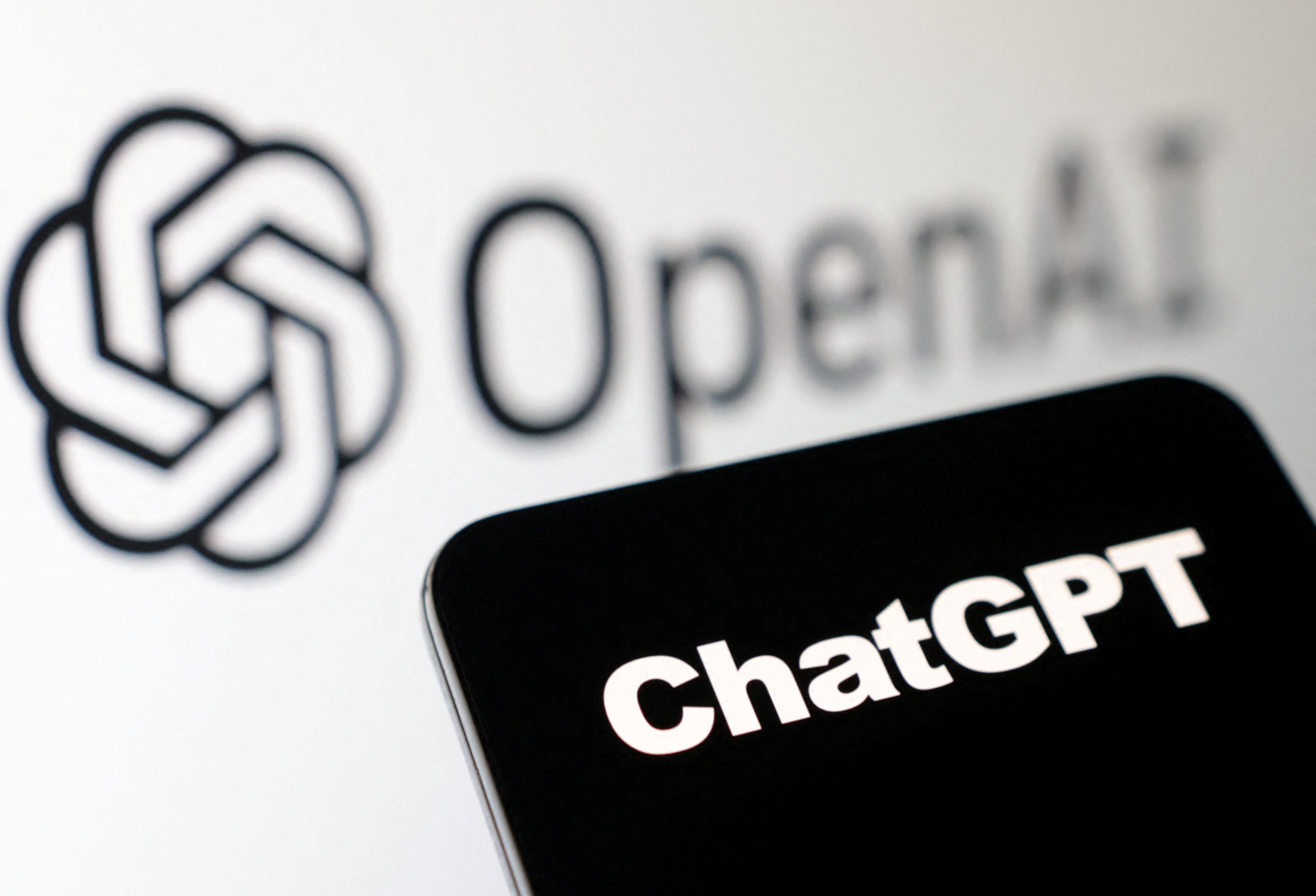Artificial intelligence has come a long way in recent years, and ChatGPT is one such AI language model that has gained a lot of attention. ChatGPT is a large-scale transformer-based language model developed by OpenAI, designed to generate human-like responses to natural language inputs. It uses deep learning algorithms to analyze language patterns and generate appropriate responses. In this article, we will explore what ChatGPT is, how it works, and how it is transforming the field of natural language processing.
What is ChatGPT?
ChatGPT is a language model that uses deep learning algorithms to generate text in response to a given input. It is based on the GPT (Generative Pre-training Transformer) architecture and uses a large dataset of text to train its language model. The dataset used to train ChatGPT is the Common Crawl dataset, which contains a vast collection of web pages, books, and other texts. The dataset is preprocessed and fed into the model, allowing it to learn the nuances of natural language.
How does ChatGPT work?
ChatGPT works by breaking down language into smaller components and analyzing them to generate appropriate responses. It uses a process called pre-training, where it learns the patterns of language by analyzing large datasets of text. This pre-training allows ChatGPT to understand the context of the input and generate responses that are appropriate and meaningful.
Once the pre-training is complete, ChatGPT uses a process called fine-tuning, where it is trained on specific tasks to enhance its accuracy. For example, ChatGPT can be trained on a specific task like question-answering, where it is fed a question and generates an appropriate response. This fine-tuning process helps ChatGPT to generate more accurate responses and improve its overall performance.
How is ChatGPT transforming the field of natural language processing?
ChatGPT is transforming the field of natural language processing in several ways. Firstly, it is making it easier for people to interact with machines in natural language. ChatGPT’s ability to generate human-like responses makes it easy for people to have conversations with machines, making it a valuable tool for customer service and support.
Secondly, ChatGPT is being used to develop more advanced chatbots that can carry out more complex tasks. For example, ChatGPT can be used to develop chatbots that can book appointments, answer queries, and even provide medical advice. These chatbots can help to streamline processes, reduce workload, and improve efficiency.
Thirdly, ChatGPT is being used to develop more advanced language models that can understand and generate more complex language. This has the potential to revolutionize natural language processing and open up new opportunities in fields like translation, speech recognition, and sentiment analysis.
Finally, ChatGPT is being used to develop more advanced virtual assistants that can interact with users in a more human-like manner. This has the potential to transform the way we interact with technology, making it easier and more natural.
Conclusion
ChatGPT is an exciting development in the field of natural language processing. Its ability to generate human-like responses to natural language inputs has the potential to revolutionize the way we interact with machines. It is already being used to develop more advanced chatbots, virtual assistants, and language models, and its applications are only set to grow in the future. As the technology behind ChatGPT continues to advance, we can expect to see even more impressive developments in the field of natural language processing.





